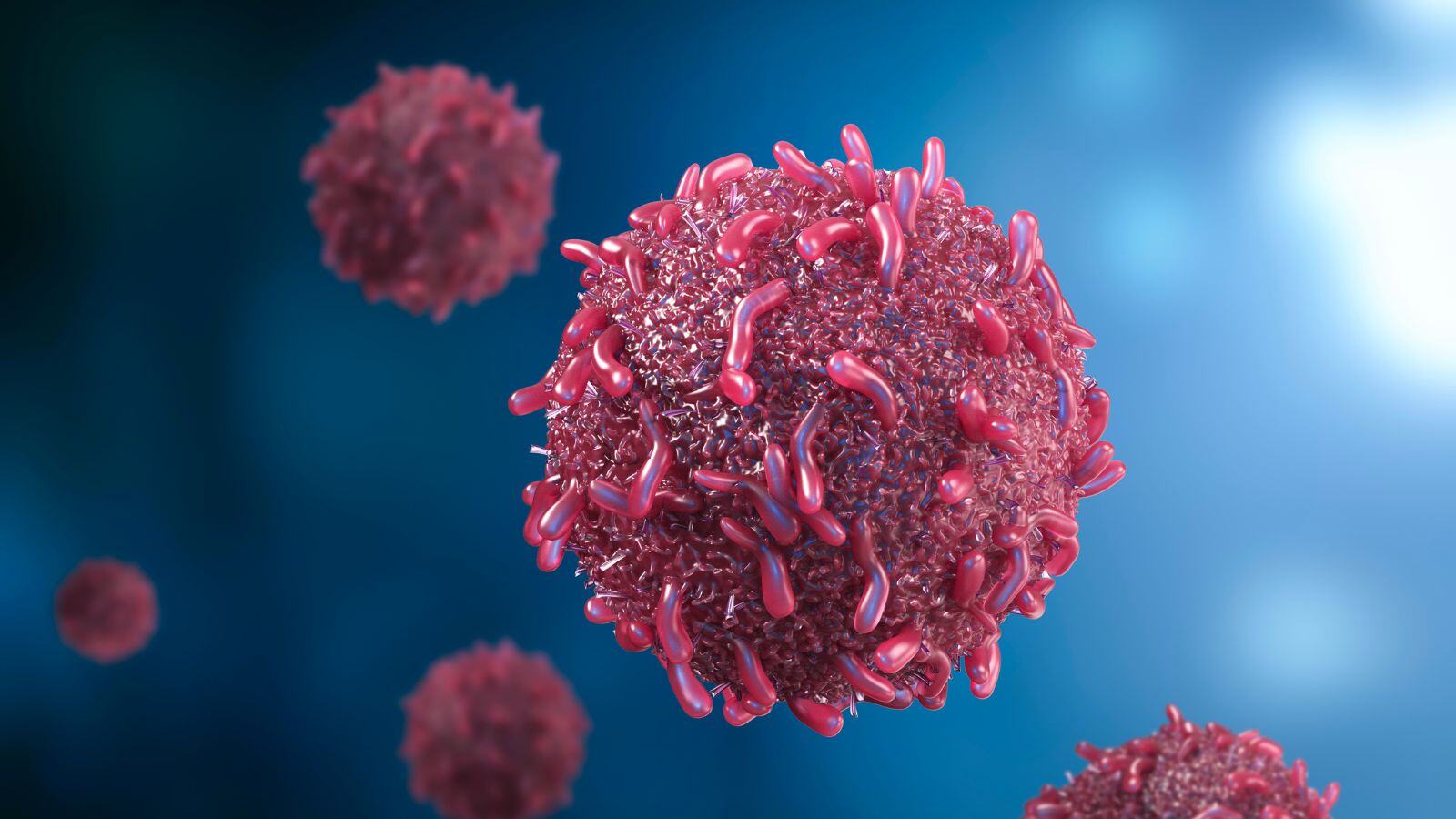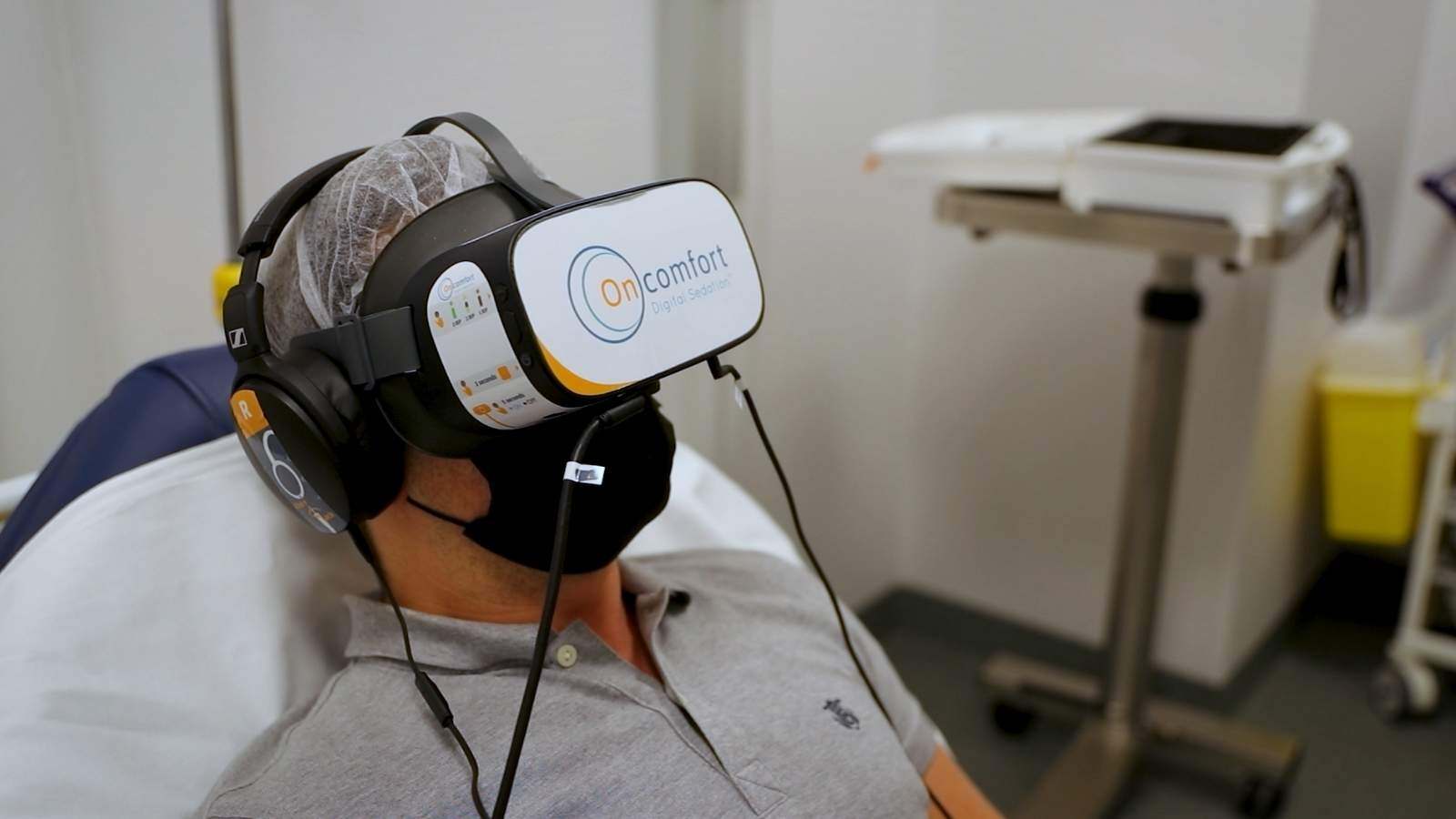Since August 25, 2023, the pharmaceutical industry has been operating under a new standard for sterile manufacturing. The revised Annex 1 of EudraLex, Volume 4, introduces a major shift: the Contamination Control Strategy (CCS). More than a regulatory requirement, it represents a change in mindset — one that prioritizes proactive, holistic contamination control across the entire manufacturing process.
In this blog post, we explain what a CCS involves, why it matters under Annex 1, and how to develop one that’s compliant, effective, and audit-ready.
Why a Contamination Control Strategy (CCS) matters more than ever
A CCS must outline a comprehensive approach to identifying and managing all critical control points, monitoring methods, and effectiveness evaluations. The goal? To prevent contamination and ensure the sterility and safety of the medicinal product.
While this is not an entirely new concept, it reinforces the expectation that contamination risks from microorganisms (viable), particles (non-viable), and endotoxins (pyrogens) be addressed from the earliest design phase through the full production cycle.
The industry has long applied Quality Risk Management (QRM) principles, as outlined in ICH Q9 (also included in Annex 20), but Annex 1 now requires these to be clearly integrated into a contamination control strategy document.
This structured, process-wide strategy is especially critical in aseptic processing, where sterility risks are inherently high and detection is low. Loss of sterility or elevated endotoxin levels poses serious risks to patients — risks that traditional final product testing alone cannot reliably detect.
That’s why process understanding, preventive measures, and risk-based thinking now take center stage. A CCS consolidates these into one living document that spans the entire lifecycle of a sterile product.
Why the CCS is a pillar of compliance and quality
Your Contamination Control Strategy (CCS) should not be a patchwork of documents or redundant data. Instead, it must be the result of a structured assessment carried out by Subject Matter Experts (SMEs), supported by trained Quality Assurance (QA) professionals, and formally approved by company management.
Annex 1 also emphasizes continuous improvement, meaning the CCS must evolve with changes in production, monitoring, or regulation.
Because of its central role, the CCS will be a key topic in regulatory inspections. Auditors will expect a clear, well-organized contamination control strategy document with proper references to supporting materials (e.g. SOPs, validation reports, risk assessments).
Avoid copying data directly — inconsistencies could compromise compliance. Instead, cite documents accurately and involve SMEs when needed.
In short: your CCS should be clear, lean, and fit for purpose — not an encyclopedia.
How to build a Contamination Control Strategy (CCS) in the pharmaceutical industry
Building and refining a Contamination Control Strategy takes time and resources, especially in complex environments. The following steps outline a practical approach:
1. Form a cross-functional team
Involve Subject Matter Experts from at least the following areas:
- Production
- Engineering
- Maintenance
- Microbiology
- Quality Assurance
- Quality Control
This group should have a deep understanding of the facility, processes, and equipment. Drafting a solid CCS typically takes 2–3 months, assuming weekly collaboration meetings across departments.
2. Define the scope
The CCS must clearly state which products, production areas, or processes it covers. There is no one-size-fits-all approach, so clarity is essential — especially in facilities producing multiple products or operating different manufacturing lines.
3. Identify contamination risks and control measures
Start with a review of existing documentation. For most established production processes, risks are already known, and many validations are completed.
Use the ICH Q9 risk assessment principles:
- Identify potential contamination risks to product and patient
- Implement controls to eliminate or reduce those risks
- Demonstrate control through evidence
- Ensure controls are in place and used as designed
- Monitor effectiveness and improve as needed
This step helps close any gaps between current practices and the expectations of contamination control in the pharmaceutical industry under Annex 1.
4. Draft the Contamination Control Strategy document
Instead of duplicating information, your Contamination Control Strategy should reference the following types of documents:
- Risk Assessments and Analyses
- Qualification and Validation Reports
- Validation Master Plans (VMPs)
- Preventive Maintenance and Calibration Programs
- Monitoring and Control Programs (e.g. IPC, QC release, environmental monitoring)
- SOPs, Work Instructions, and Policies
- Manufacturing Instructions and Product Specifications
- Raw Material Specifications
- Rationales for equipment, process, and aseptic simulation
- Performance Monitoring (e.g. historical EM results, CPV, PQRs)
- Complaint records linked to contamination issues
Referencing these ensures your CCS is comprehensive and defensible while keeping the document itself concise and user-friendly.
The Contamination Control Strategy (CCS) is more than a regulatory must-have — it’s a powerful quality tool. When built correctly, it not only ensures compliance with Annex 1 but also strengthens process understanding and reduces contamination risk across the board.
Don’t wait for an inspection to realize its value. Start by gathering the right people, reviewing your current documentation, and mapping out your risk controls. A well-structured CCS will support your quality culture, your audits — and most importantly, your patients.
Need expert help reviewing or implementing your Contamination Control Strategy? QbD Group is here to support you.











.jpg)









.png)

.jpg)
